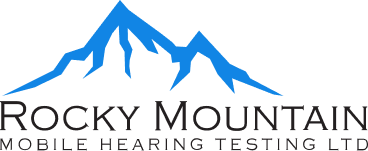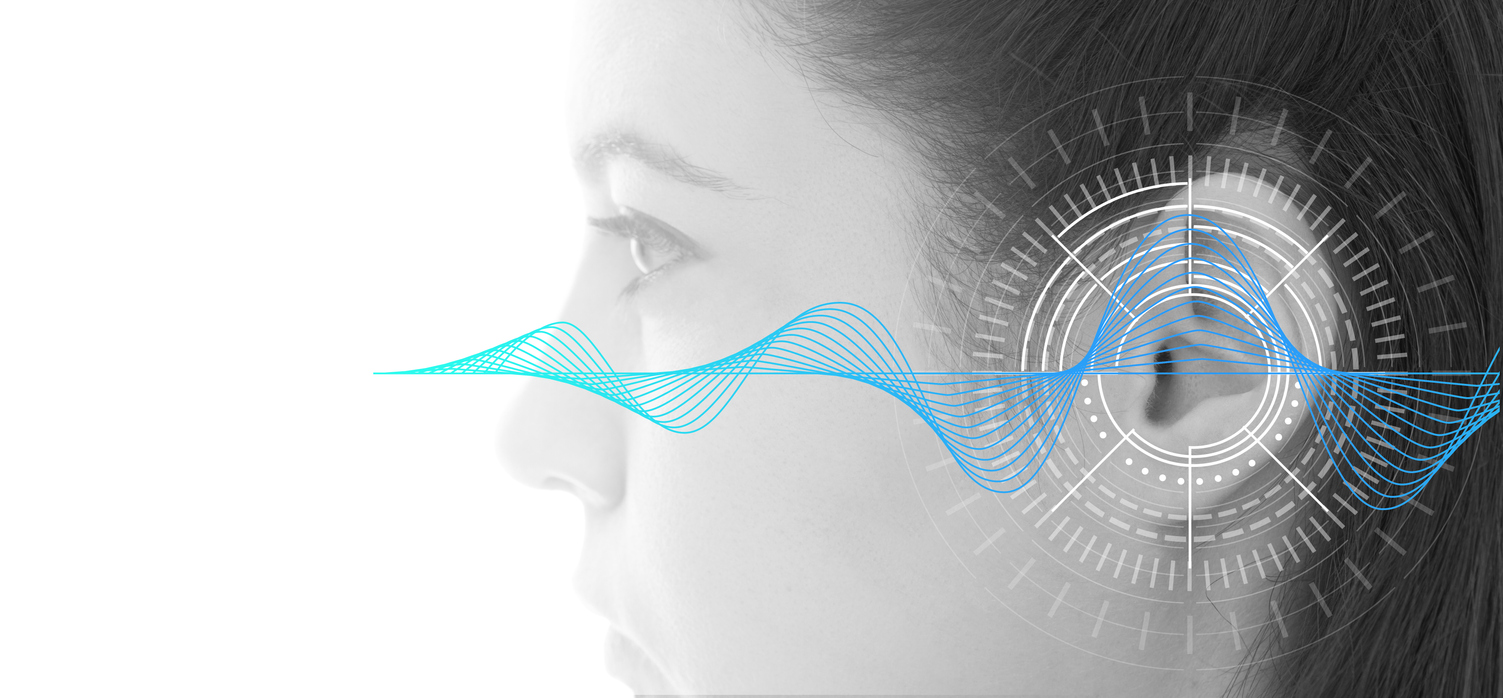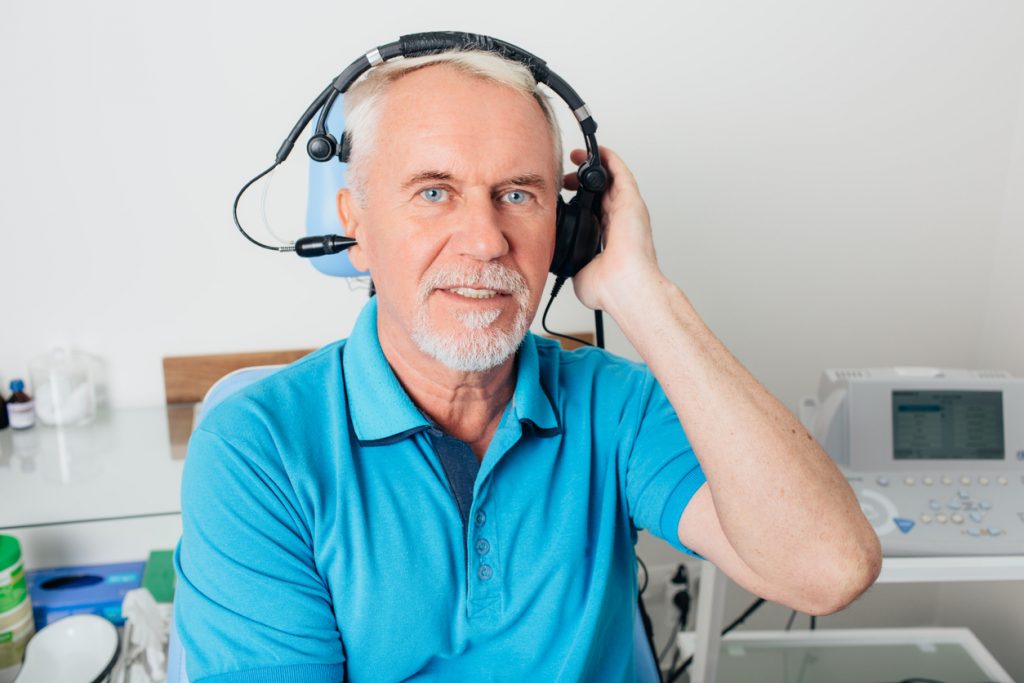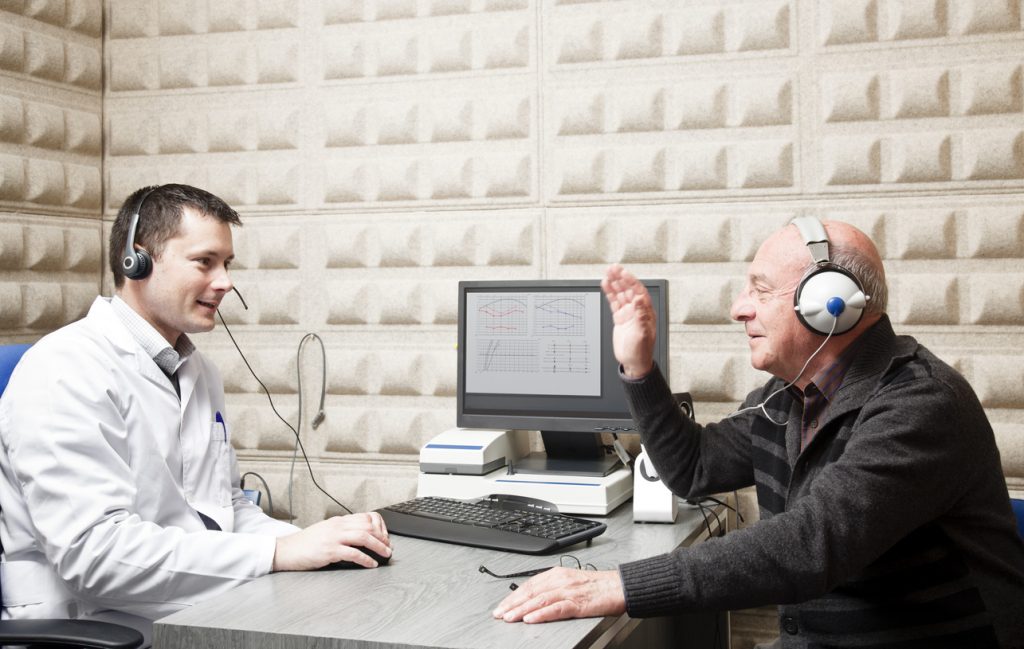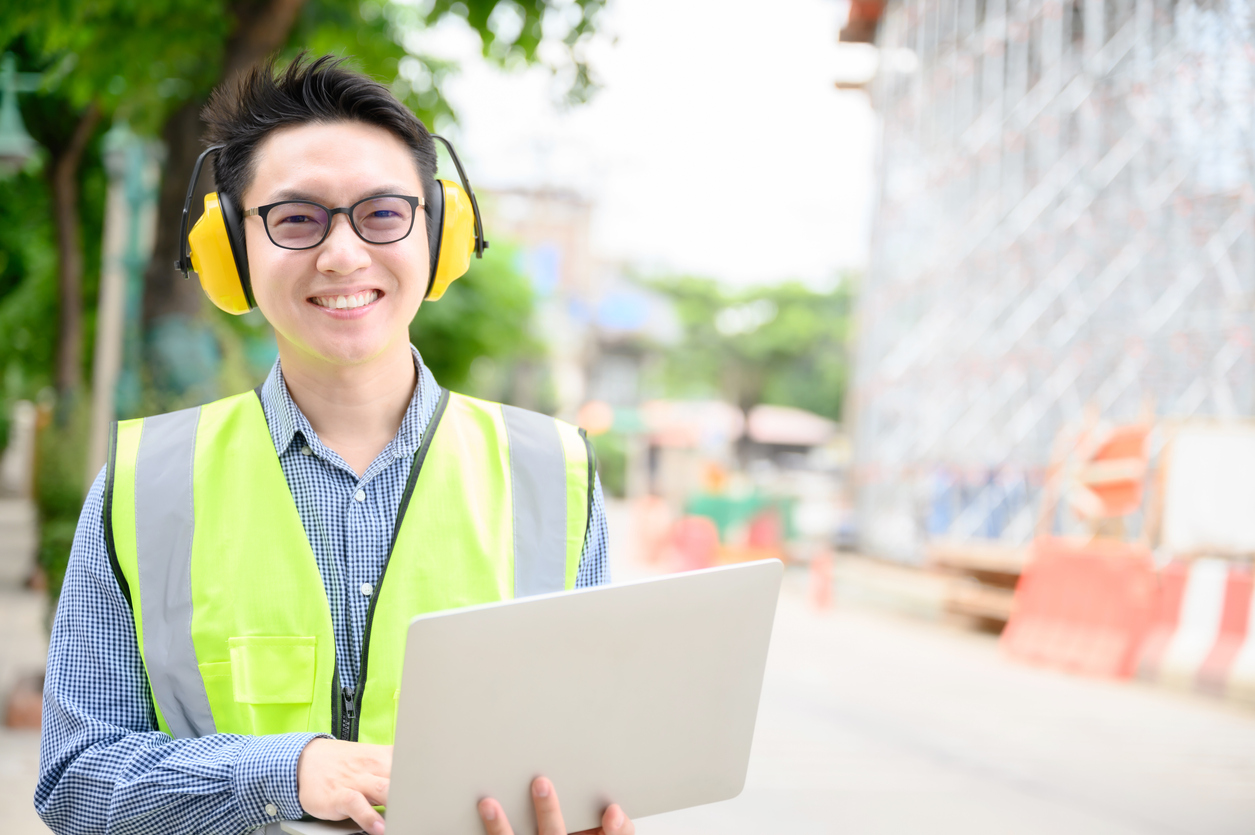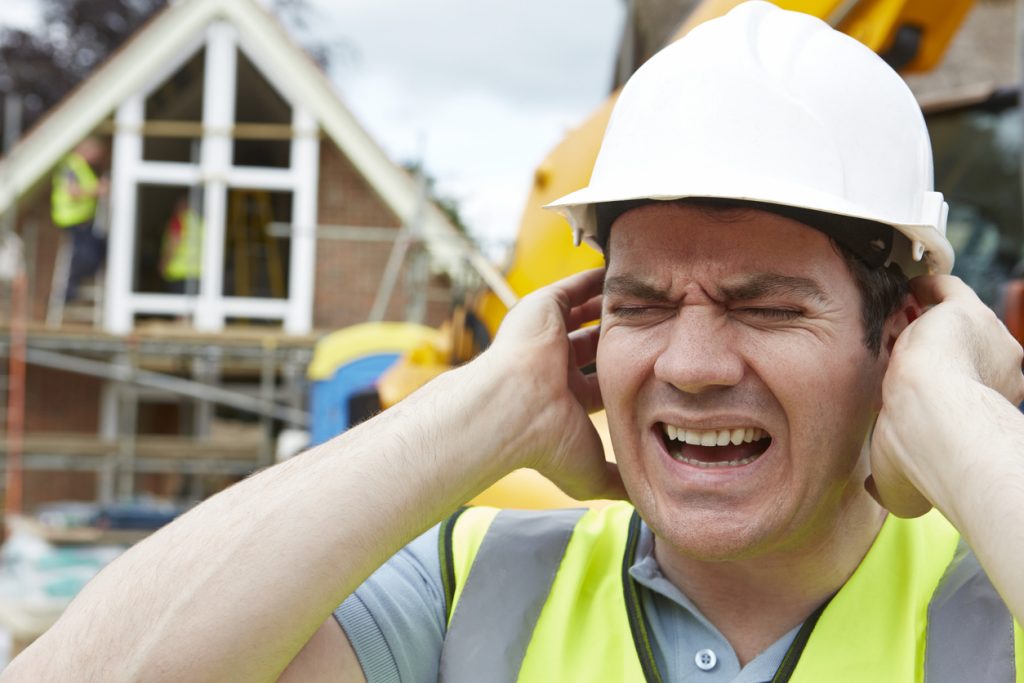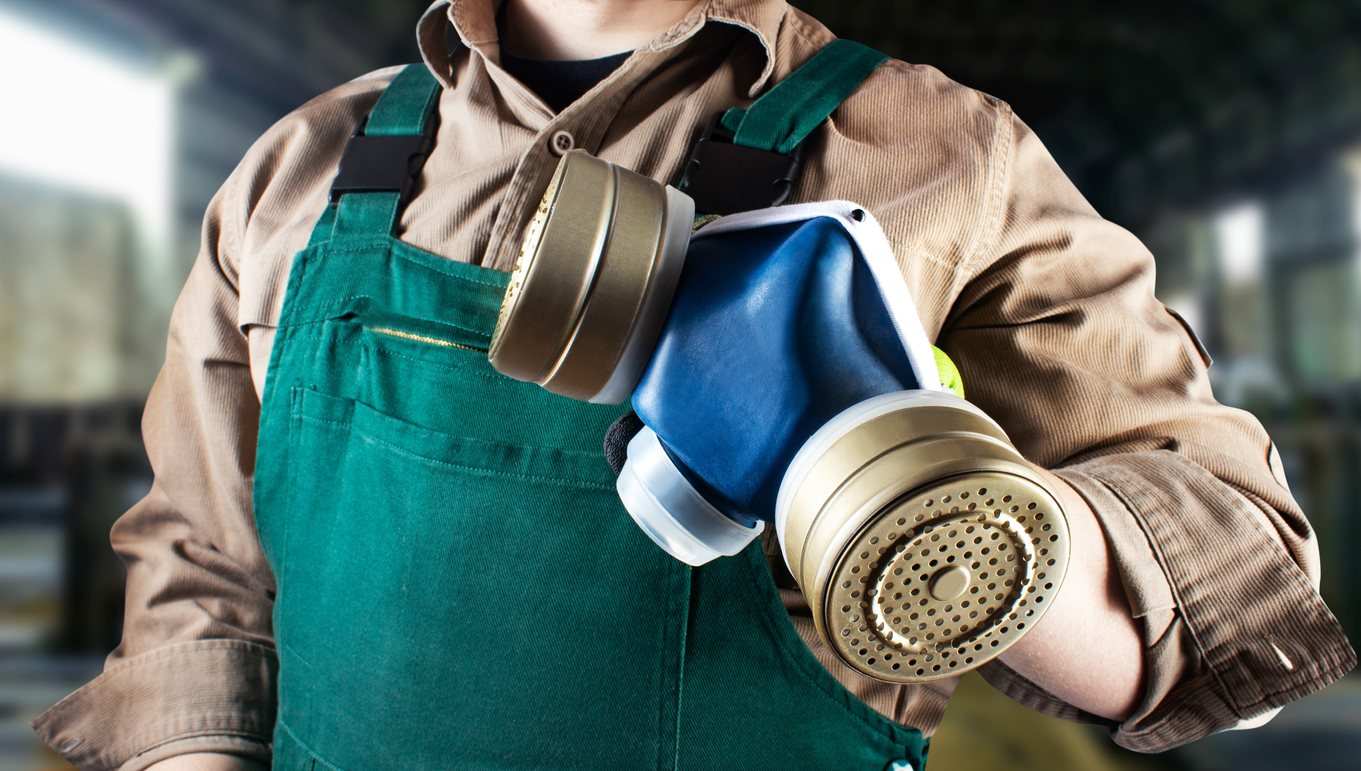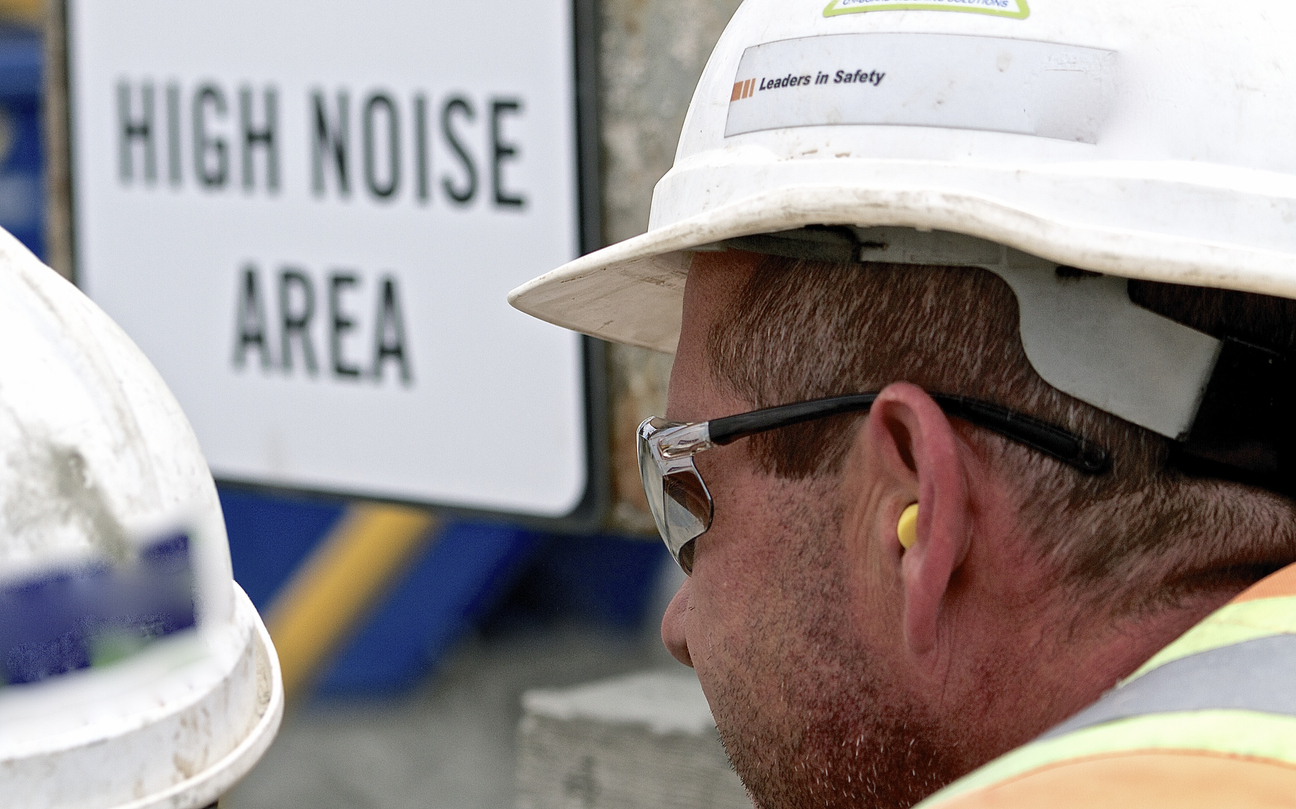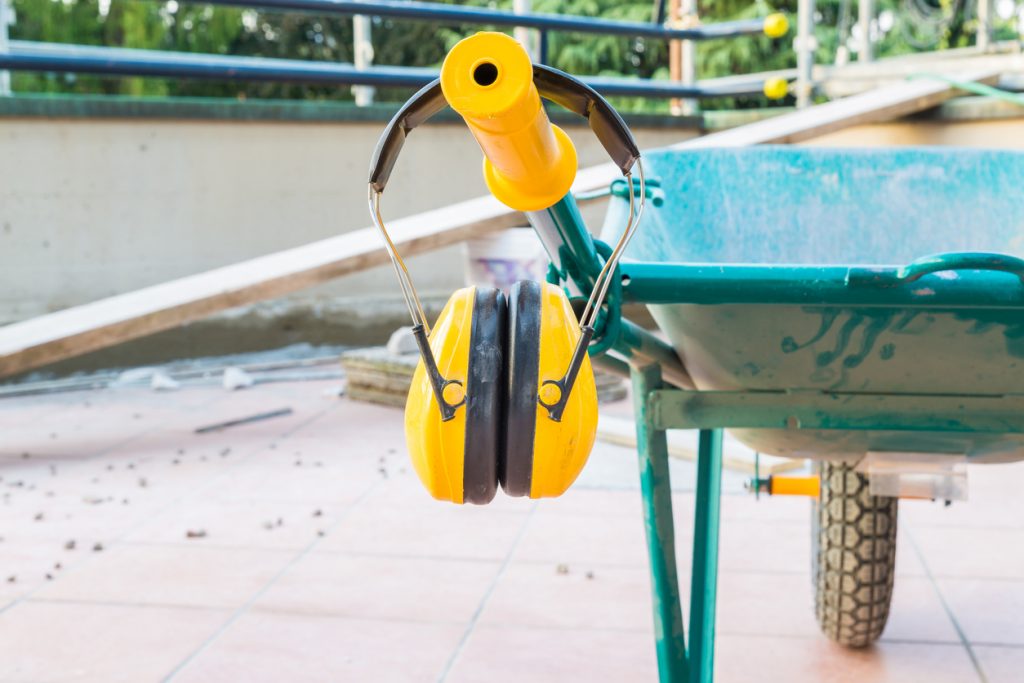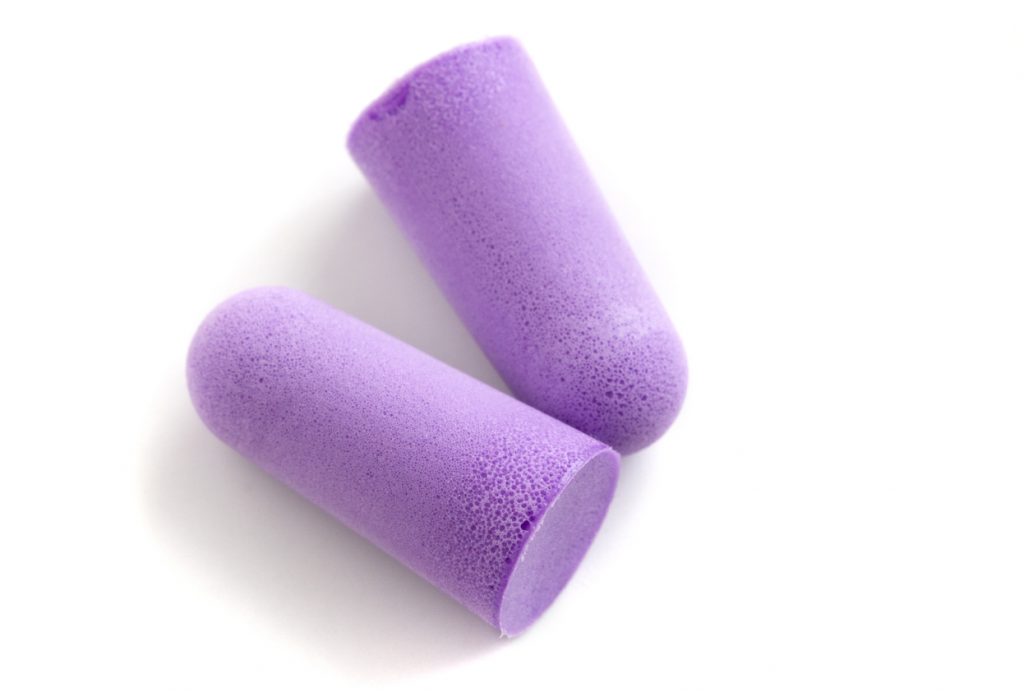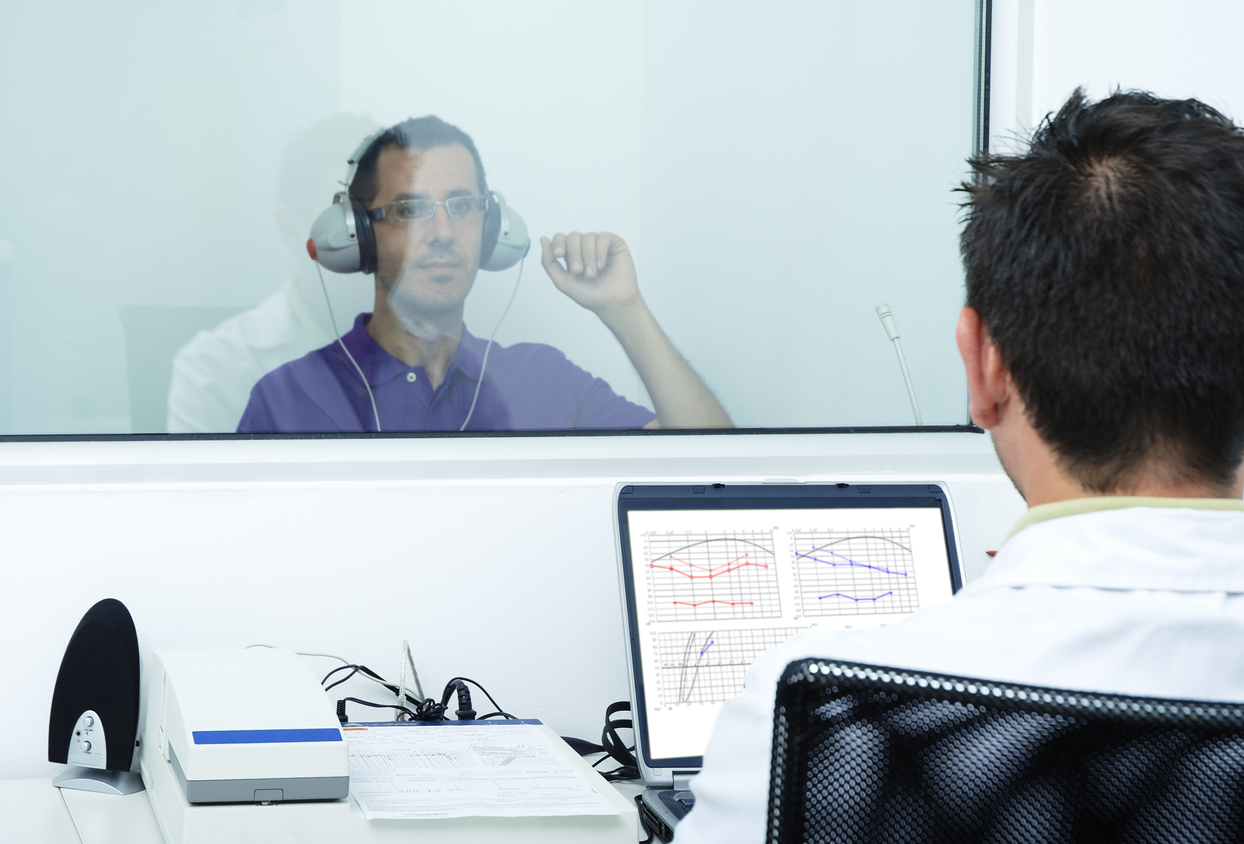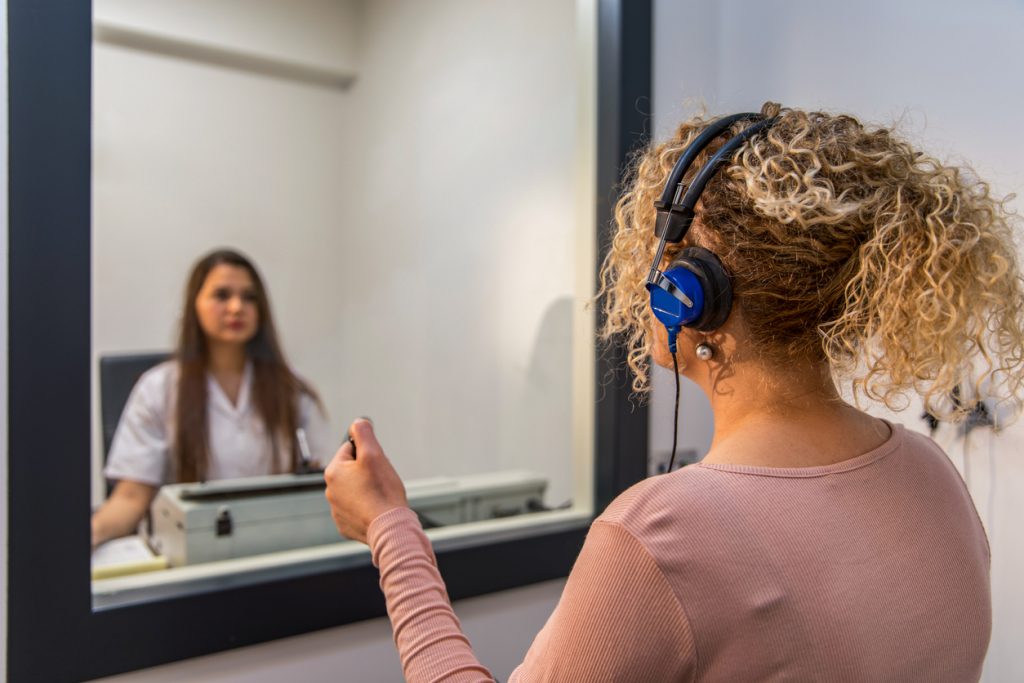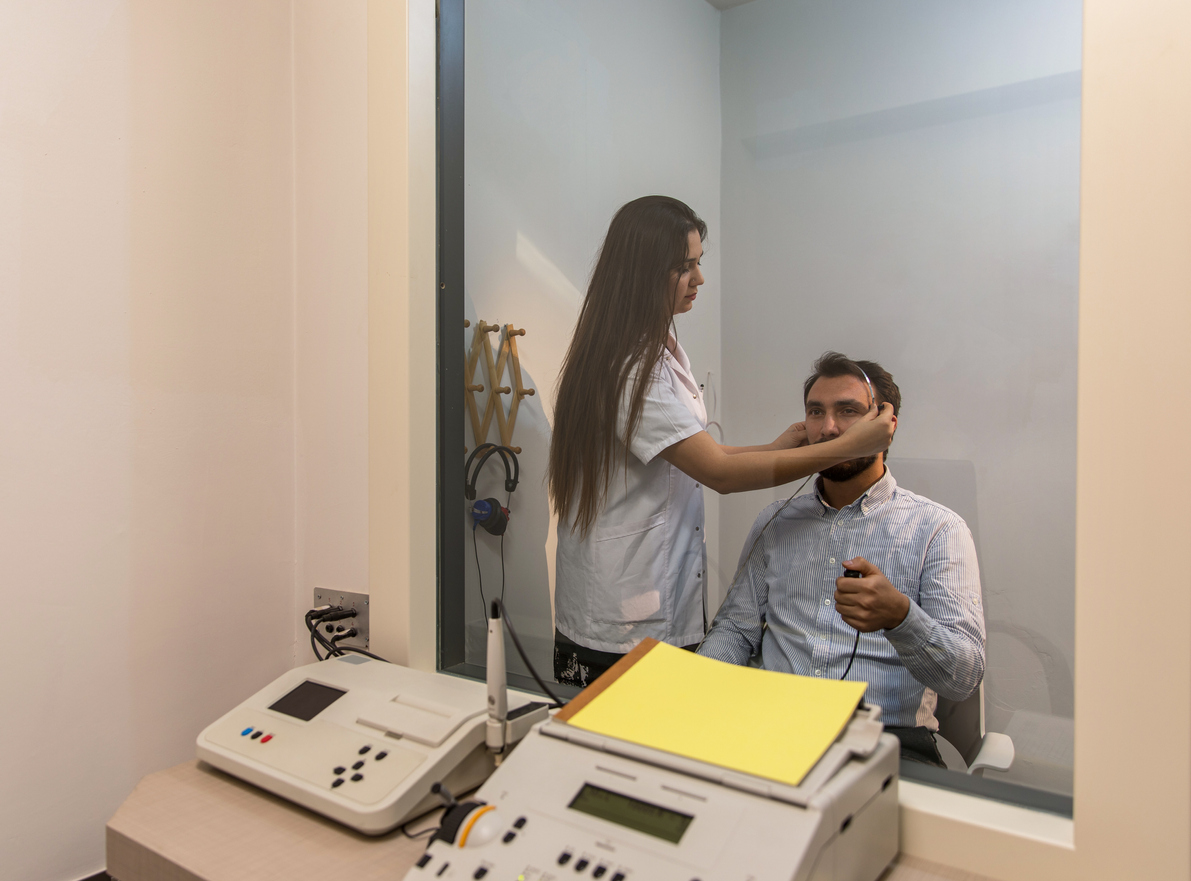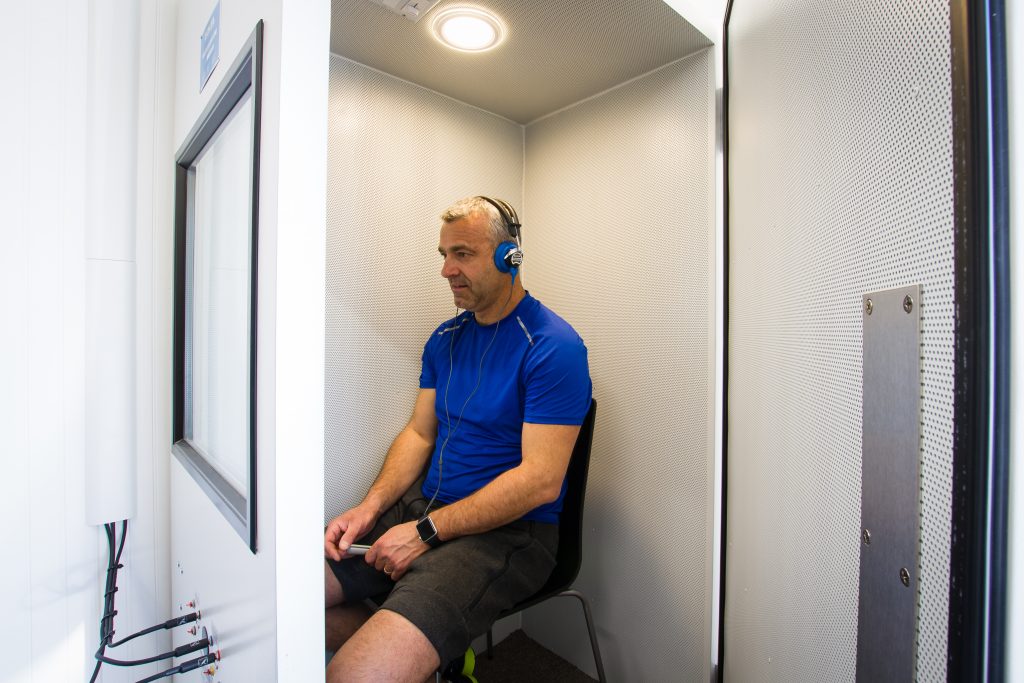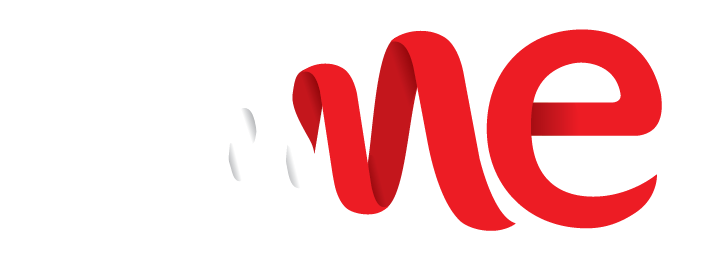Hearing protection and hearing testing are about much more than personal protective equipment (PPE) and good recordkeeping. These are legislative requirements set forth by provincial and territorial governments across Canada. They are also designed to protect employees and employers from hearing loss, damage and other issues.
The regulatory restrictions set forth by these governing bodies are informed by research and study of those who have suffered hearing loss related to their work. They look at the nominal noise levels at most workplaces and set standards for addressing businesses and locations where those noise levels are exceeded on a regular or repeated basis. Below, we look at what this legislation contains, as well as how to implement a hearing conservation program at your company.
The Decibel Level and Hearing Testing Requirements
The decibel level above which you should wear hearing protection is 85 dBA Lex. This is set out by the Occupational Health & Safety Code, though many safety organizations and regulators set the same cutoff limit. Section 217(1) of the code gives this direction and specifies the conditions where it does not apply.
How to Determine the Noise Levels at Your Workplace
The part of the OHS code that deals with noise exposure is Part 16, and it describes all the requirements surrounding noise exposure in Albertan workplaces. Where it concerns hearing testing and noise exposure assessments, the legislation states that an employer must complete a noise exposure assessment if their workers are or may be exposed to noise exceeding the 85 dBA Lex limit set out above.
Noise Exposure Assessments, Hearing Testing & More
Rocky Mountain Mobile Hearing Testing helps businesses of all sizes with noise exposure assessments, hearing testing for affected employees and the implementation of hearing conservation programs. We are experienced, mobile and ready to help, so call today for more information or to book an appointment.
Rocky Mountain Mobile Hearing Testing is your locally owned and operated Calgary business. We are committed to providing mobile hearing testing services and other safety tests to numerous industries and companies in Western Canada. Our services are part of the WorkSafeBC Provider Network, while our sound booths are approved by the CSA. We offer audiometry testing, mask fit testing, custom earplugs, noise measurements, help with implementing a hearing conservation program, and spirometry testing. If you want to improve your workplace, leave it in the hands of our team. Contact us today at (403) 399-4775.
